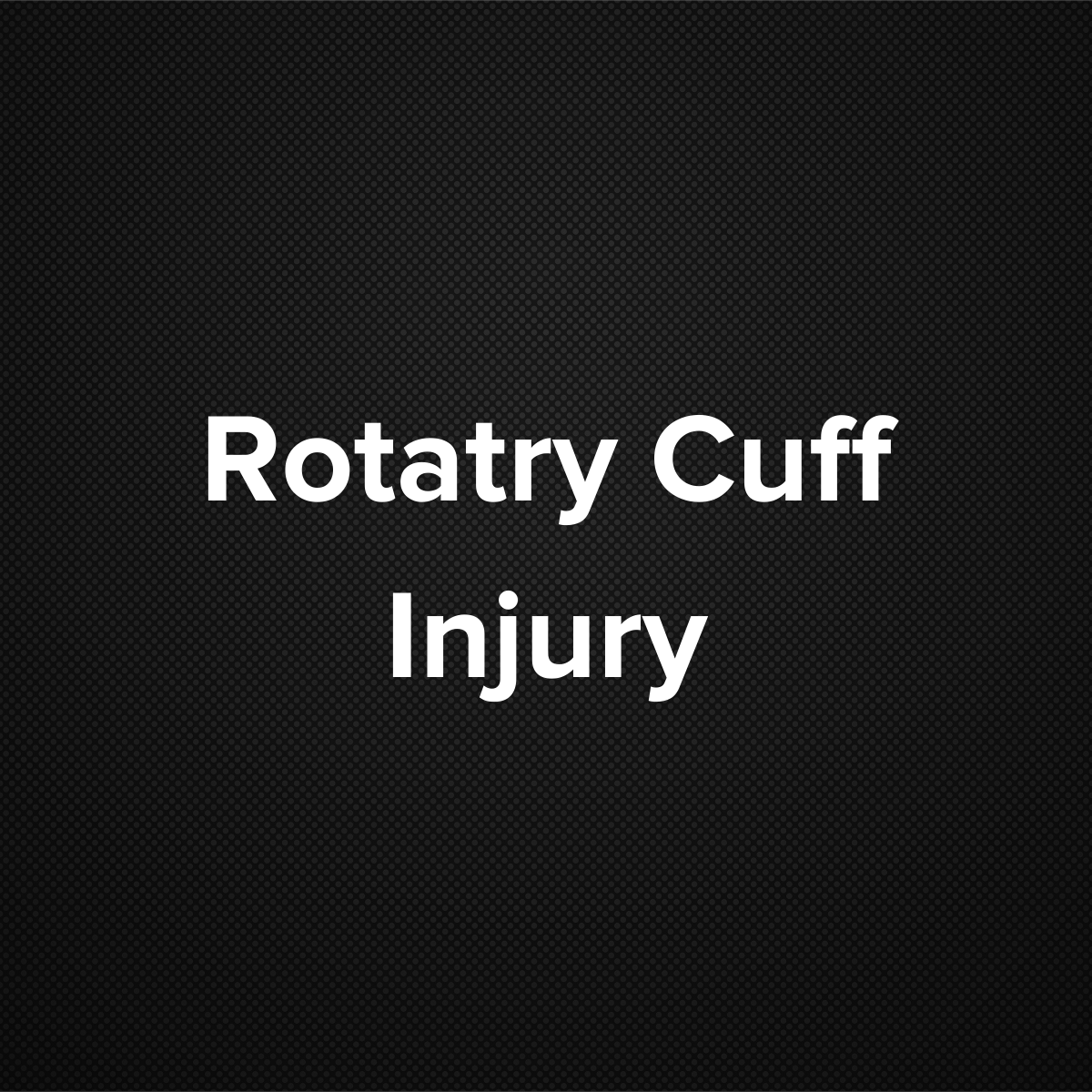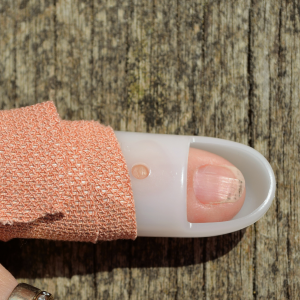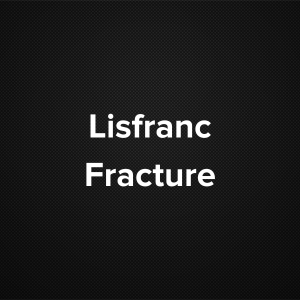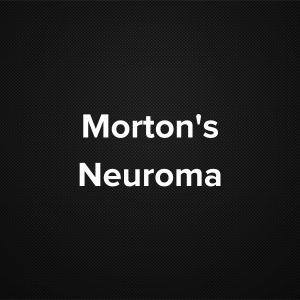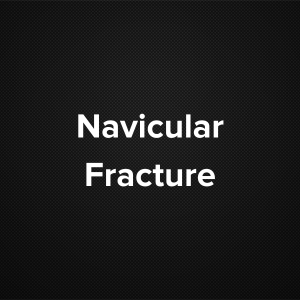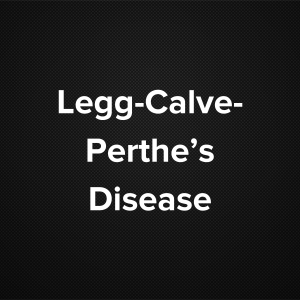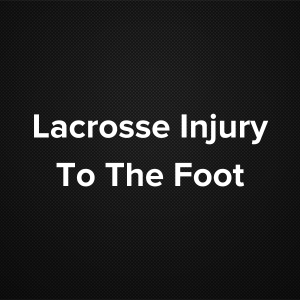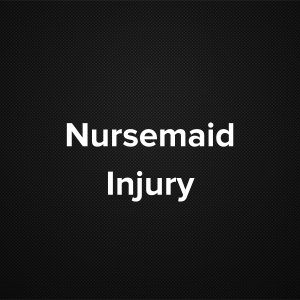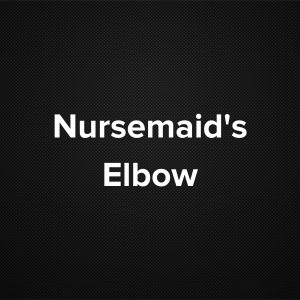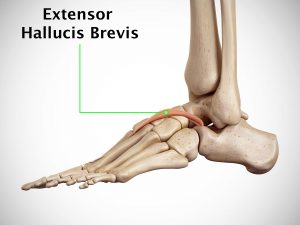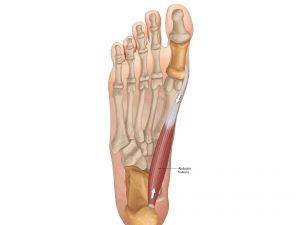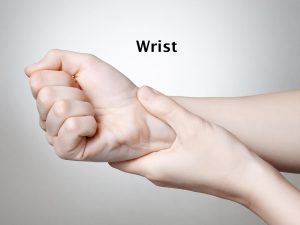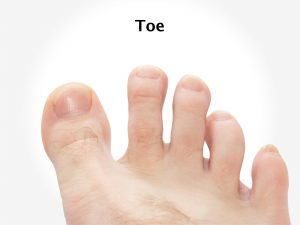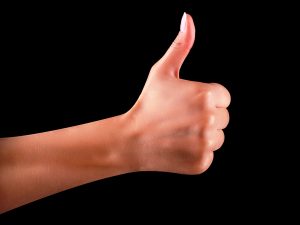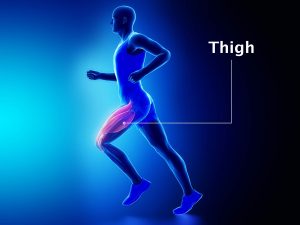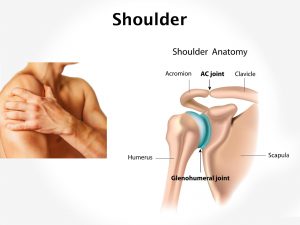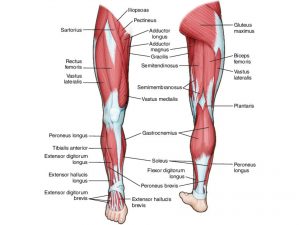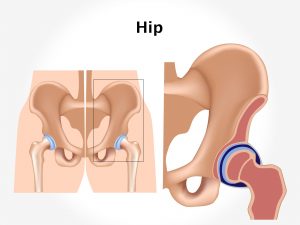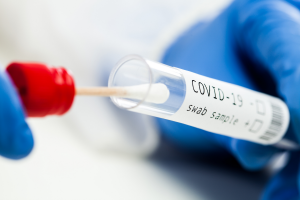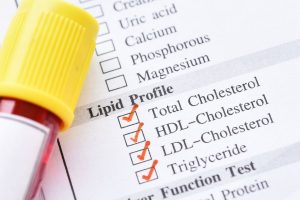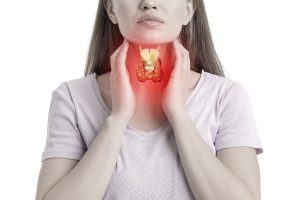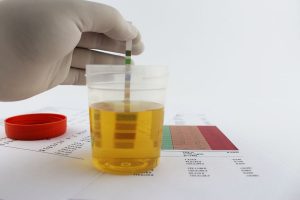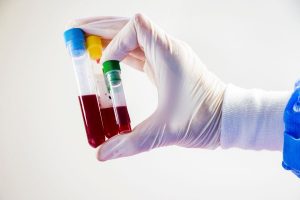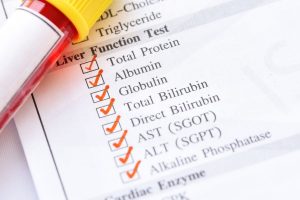Causes and risk factors:
A fall or hard blow on the arm or shoulder joint is the most common cause of injury to the rotator cuff. Overuse of the muscles of the shoulder joint or repetitive movements is another predisposing factor; hence it is more commonly seen in baseball players, carpenters or painters. Degeneration of the muscles that occurs as the age advances is the other common cause. Protrusion of the muscle due to overgrowth of the bone in the shoulder blade (Bone spur) is another cause of injury.
Clinical presentations:
Pain is the hallmark of the injury to the cuff. The patient complaints of dull aching pain. Difficulty in movements occurs. Raising the hands, combing initiates pain. Popping or crackling sound can be heard from the shoulder joint on movement. The daily activity and sleep can be hampered. Weakness of the affected hand can be associated. In cases where the underlying nerves are compressed, ticking and pin like sensations occur. The affected area becomes cold and pale to touch. Lack of care and treatment can result in frozen shoulder.
Diagnosis and investigations:
The local examination of the affected shoulder joint carried by the orthopedician and the symptoms narrated by the patients help in confirming the diagnosis. X-ray of the Shoulder joint and MRI scan are the diagnostic investigations.
Treatment:
Rest, application of ice packs, compression and elevation are the immediate important measures to be implemented. Pain relieving medicines are advised to allay the pain. Steroid injections can be given. Use of sling bangs for support is suggested. In severe cases surgical intervention may be required .Cleaning of bursa, removal of spurs, deposits, Sub-acromial smoothing and rotator cuff repair are some of the surgical procedures which can be done. In extreme cases tendon replacement or complete shoulder replacement is done. Strenuous activity should be avoided. A gradual rehabilitation by physiotherapy is further advised which will help to improve the range and mobility of the joint and strengthen the muscles. Certain preventive measures needs to be implemented, if indulge in a sport it is recommended to wear an appropriate protective gear and supports during sports.
Other modes of treatment:
The other modes of treatment can also be effective in treating the pain. Homoeopathy is a science which deals with individualization and considers a person in a holistic way. This science can be helpful in combating the symptoms. The Ayurvedic system of medicine which uses herbs and synthetic derivates can also be beneficial in combating the complaints.
Recent update:
The preliminary study from Hospital for Special Surgery in New York presented at the American Academy of Orthopedic Surgeons which suggested that Surgery to repair the damage is successful for pain management, but in many patients it does not result in full recovery of function due to poor healing.
